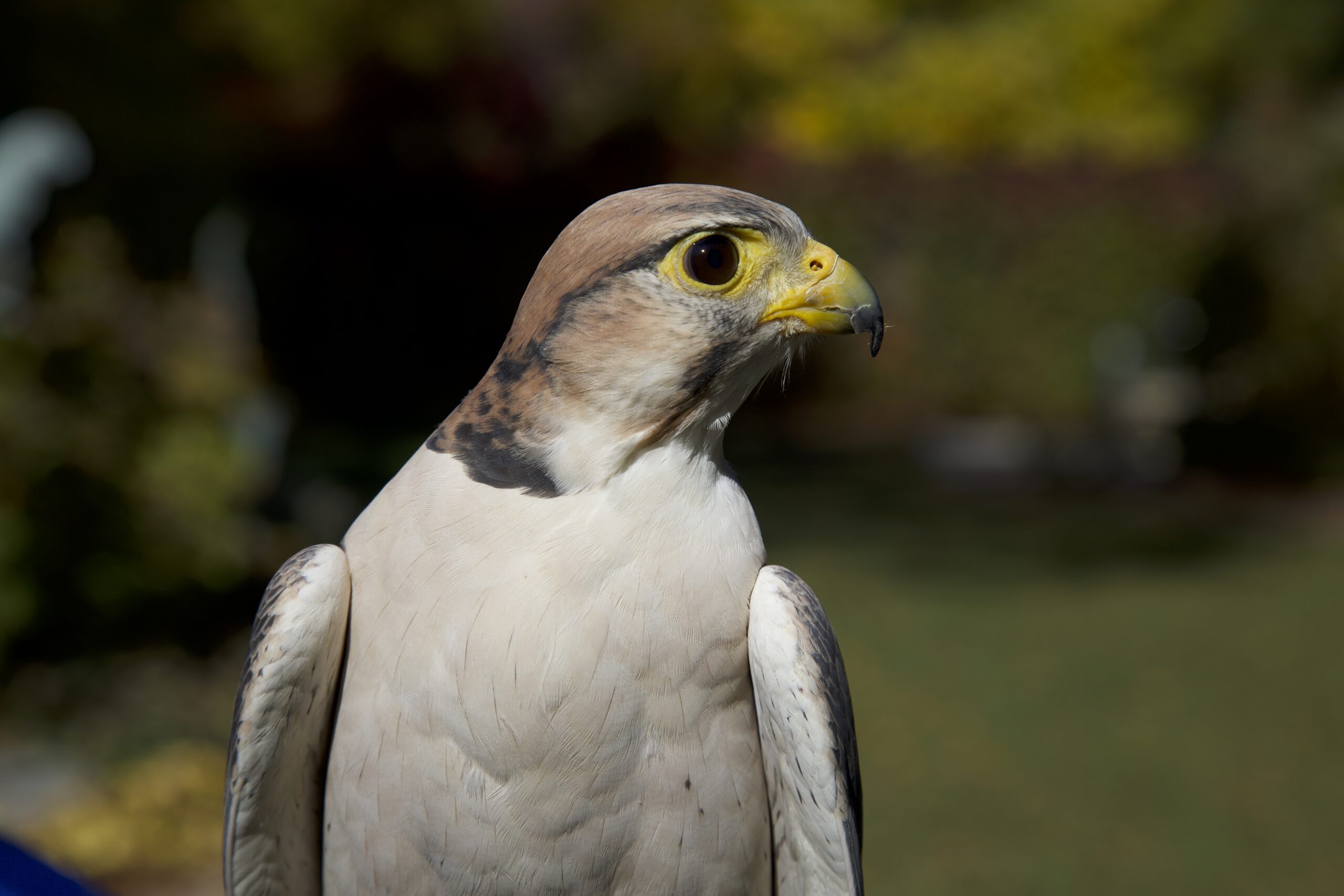
Lanner Falcons are strong, stocky birds with long wings and a relatively short tail, very similar to the North American Peregrine Falcon. Males and females of this species tend to look the same, but females are slightly larger. Lanner Falcons have been used in the sport of falconry for centuries, and are prized for their…
Read More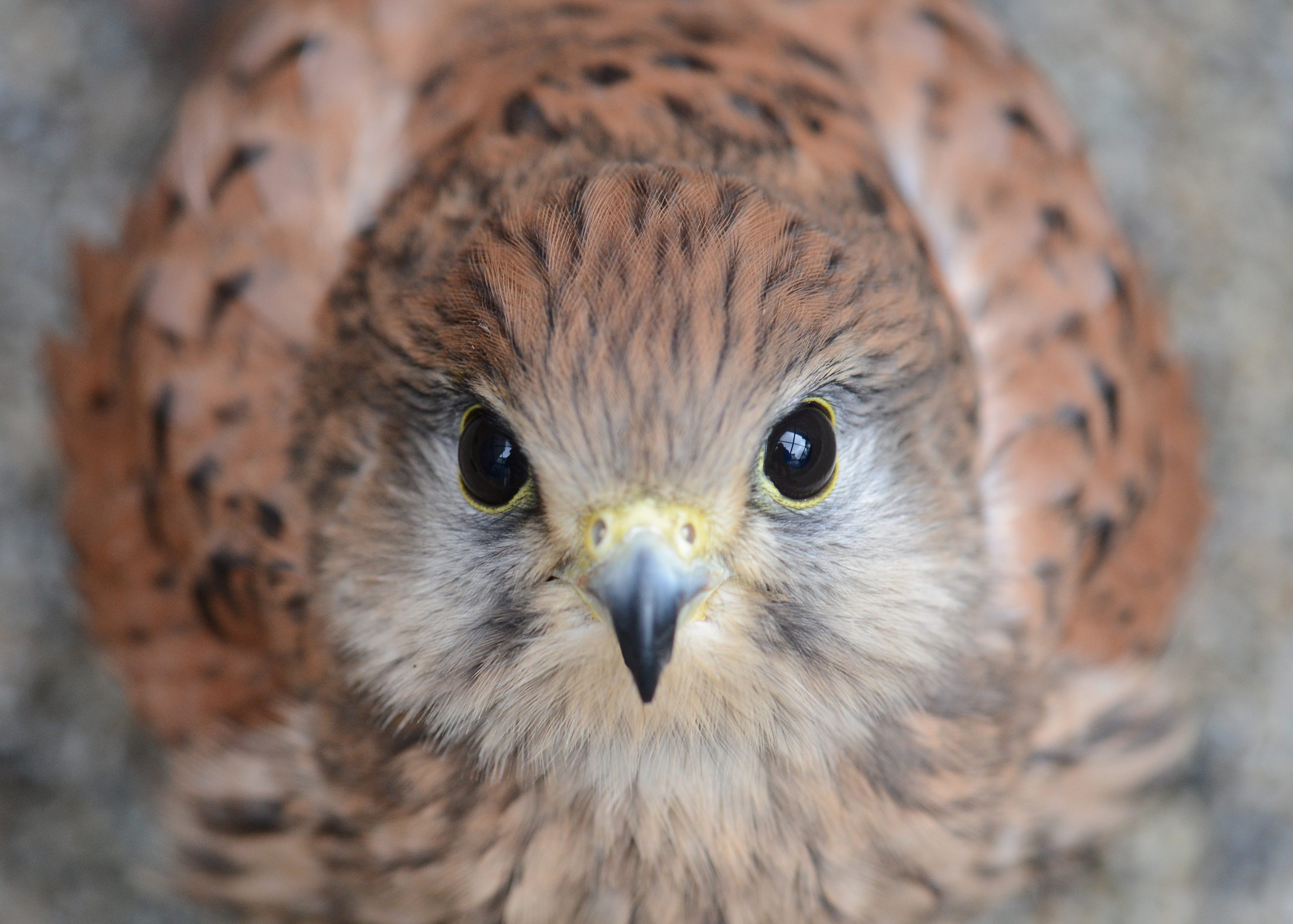
Widespread across parts of Europe, Africa, and Asia, the Eurasian Kestrel, or Common Kestrel, is a small, adaptable raptor, found in a great variety of habitats, including open or moderately wooded terrains with low shrubs, grasslands, steppes, and even subdesert. It may also occur in villages, towns, and even cities. The Eurasian Kestrel forages on…
Read More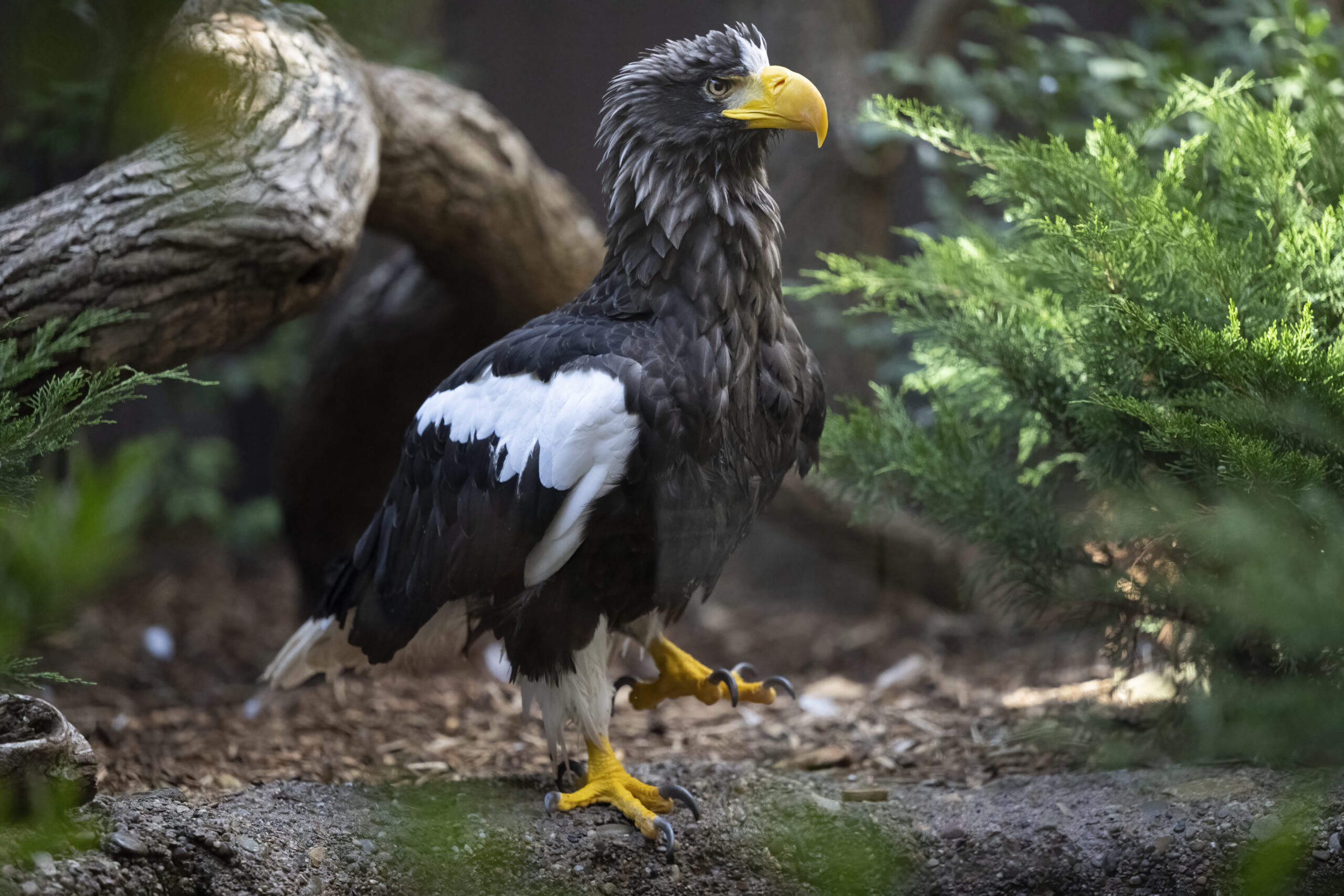
The Steller’s Sea Eagle is a fierce, impressive raptor with chocolate-brown plumage and striking white shoulders and tail. With its deep, strongly arched bill and massive yellow feet, it’s no wonder that the Japanese call this bird O-washi (The Great Eagle). At nearly four-feet in length and an average weight of 13-20 pounds, Steller’s Sea…
Read More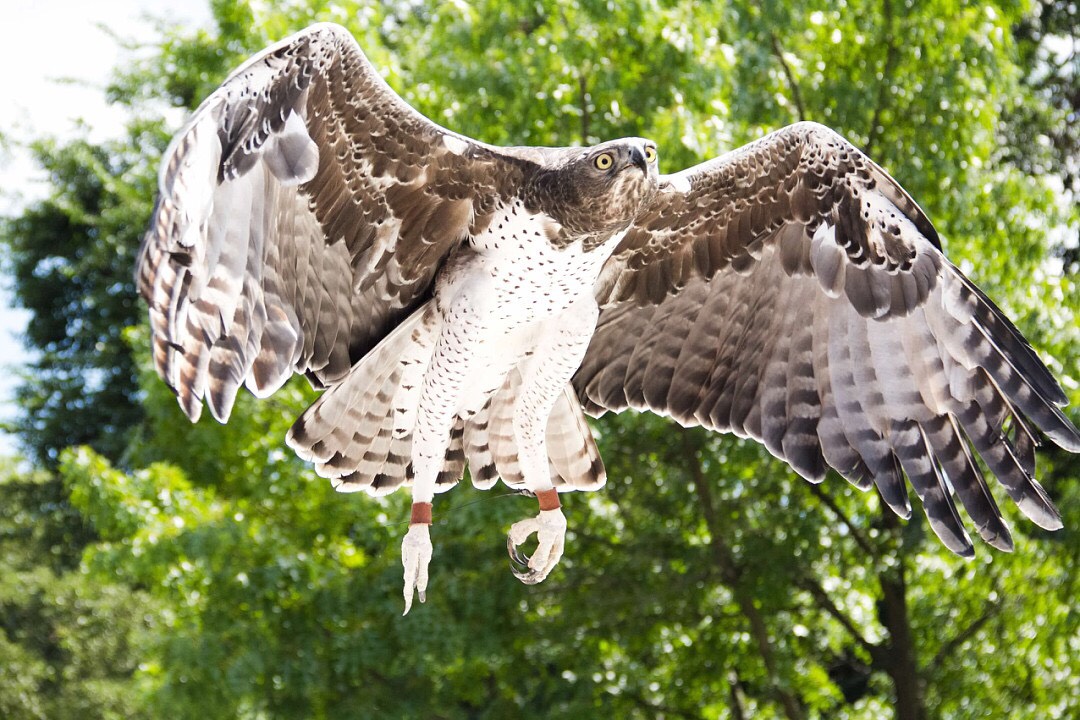
A large and powerful eagle of Africa, the Martial Eagle is found in sparse woodlands and other open habitats such as steppes, savannas, and shrublands. Martial Eagles are extremely powerful predators, feeding on medium-sized vertebrates which they catch after stooping from a high soar. Martial Eagles build large stick nests in the fork of a…
Read More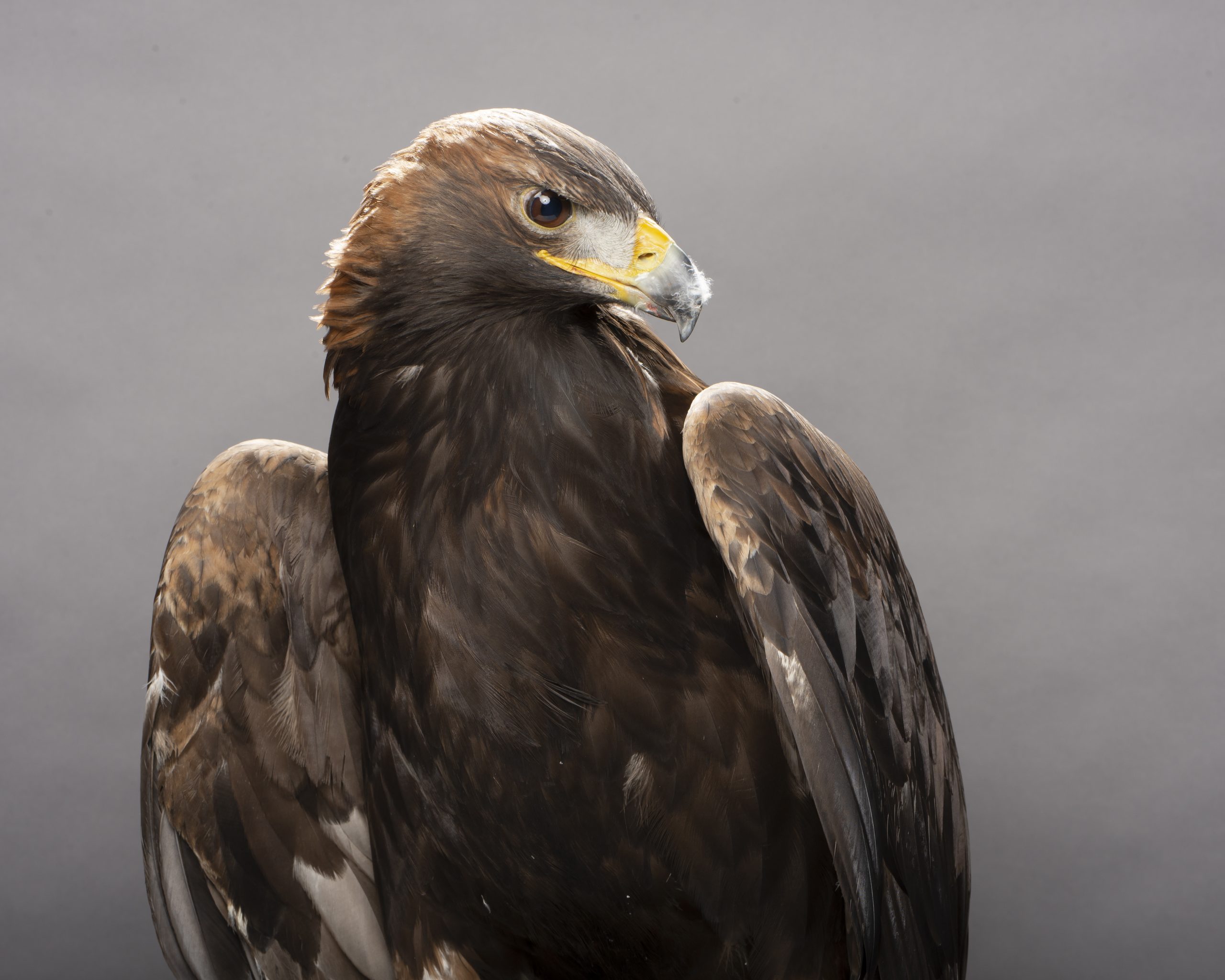
The Golden Eagle, named for the golden feathers on its nape, is a resident of the New and Old Worlds, and occurs in a wide variety of open habitats, from desert areas to the edge of the tundra, and from sea-level to high alpine mountain levels. It is one of the largest birds in North…
Read More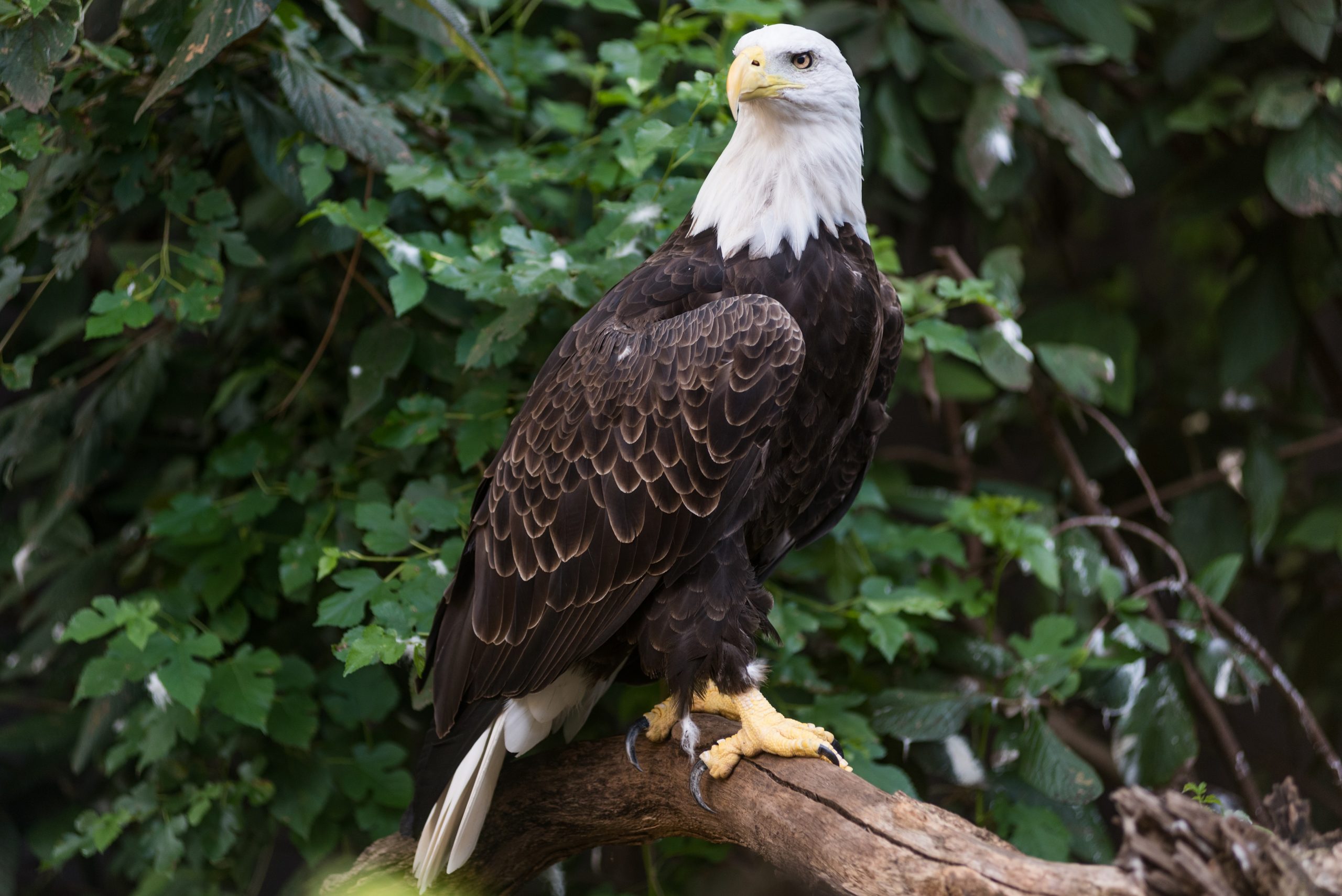
The Bald Eagle is one of the most readily recognizable birds in North America. They are also one of the largest, with the biggest females reaching 13 pounds or more. And, since 1782, the Bald Eagle has been the national bird of the United States. Bald Eagles are also one of the most well known…
Read More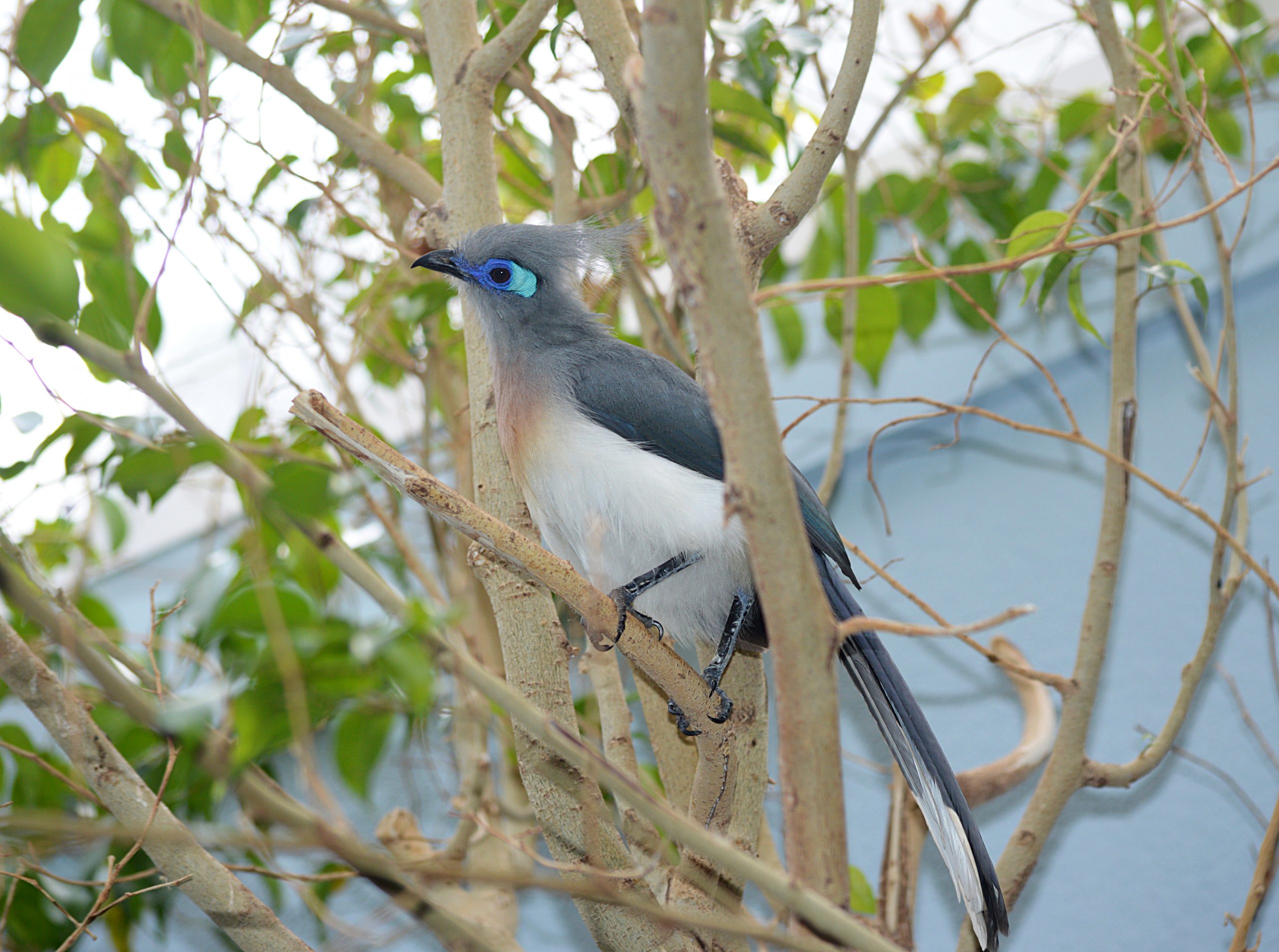
The Crested Coua is found in drier habitats of the Afrotropical region, including coastal deciduous forest, savanna, spiny brushland, palms, and mangroves. The Crested Coua eats large insects, snails, small lizards, and occasionally other birds’ eggs, but also some berries, seeds, and fruits. These are collected at higher levels of the forest, mostly by walking…
Read More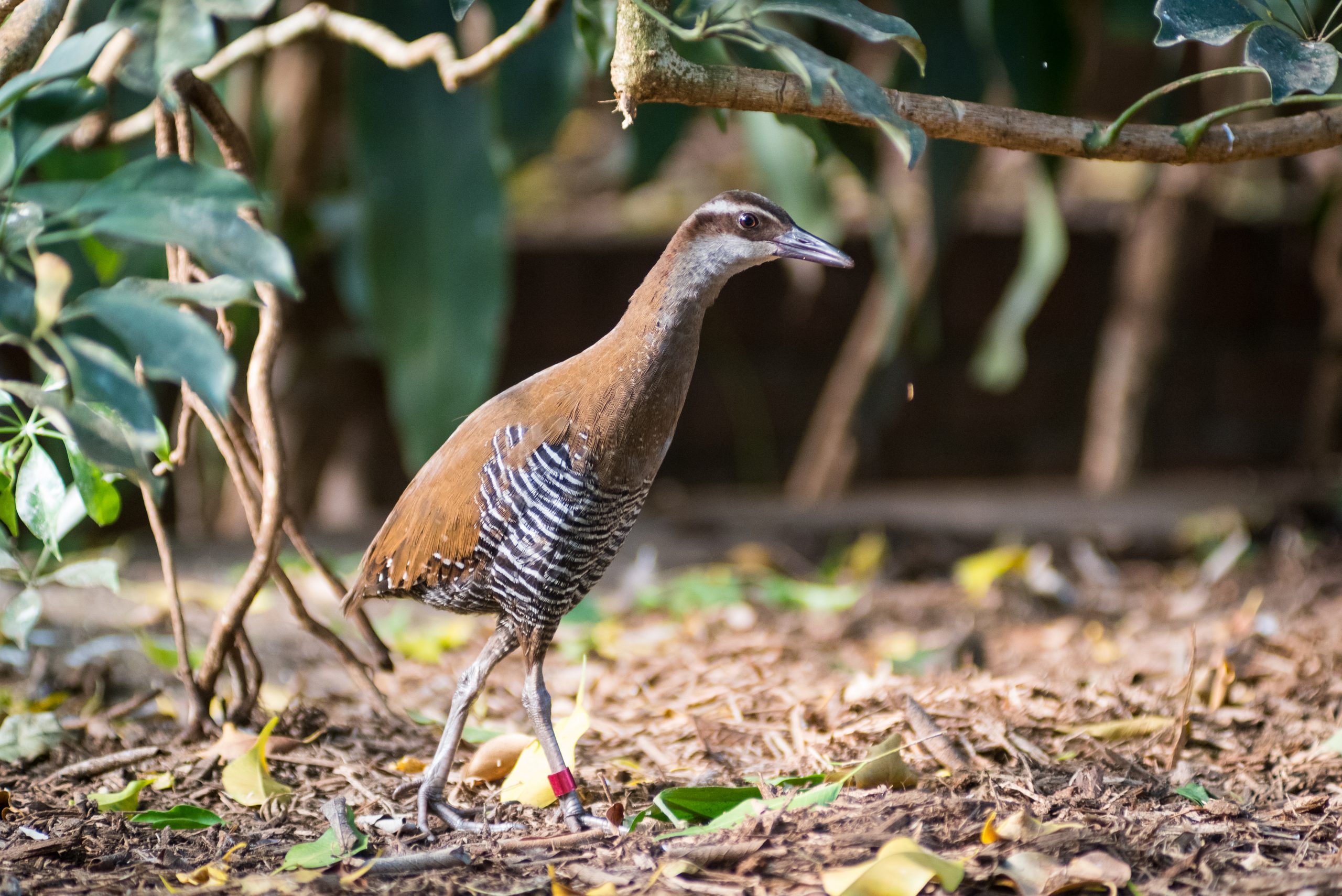
The Guam Rail is a small, ground-dwelling bird, inhabiting forests, mixed woodland and scrub, fern thickets, and grasslands. They move quickly through thickets and grasses. It is most active at dawn and dusk. In the late 1980s, the presence of an invasive species, the brown tree-snake threatened the survival of bird species on the island…
Read More
Native to East Africa, the Gray Crowned-Crane is featured on Uganda’s coat of arms and flag and is the country’s national bird; this bird also is a sacred symbol for Kenya, Namibia, Zambia and South Africa. The Gray Crowned-Crane is unique among the cranes in being one of only two species capable of perching in…
Read More
The Black Crake is a water bird found throughout sub-Saharan Africa. With its bright yellow bill, red legs, and sleek black body, this bird is among the most common and least secretive of Africa’s rail species. They are well-suited for life in a wetland habitat: their long toes help them move easily along floating vegetation,…
Read More
The spectacular Raggiana Bird-of-Paradise is found in lowland forest, hill forest and lower montane forest, secondary growth, forest edges and patches, and even gardens in New Guinea. Eating primarily fruits and arthropods, the species is an important dispereser of mahogany and nutmeg seeds. The male Raggiana Bird-of-Paradise’s tail has two long tail wires and cinnamon-colored…
Read More
Malayan Flying Foxes are the largest member of Pteropus! With their striking red or russet heads that turn deep orange during breeding season, these bats are a true wonder of nature. They have large, well-developed eyes for flight navigation and form feeding groups of up to 50 and roosting colonies of up to 20,000 individuals….
Read More
 Previous Posts
Previous Posts